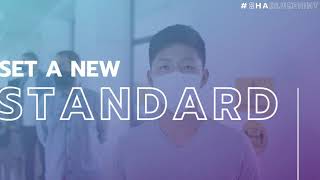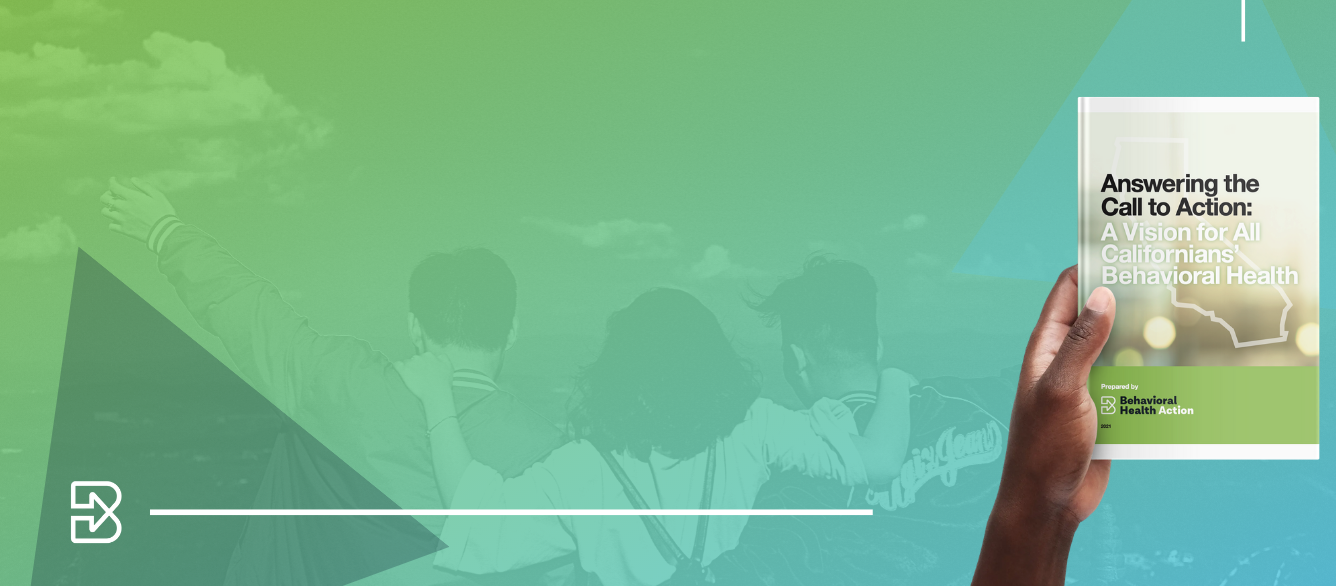Intensively Treat
If prevention and early intervention efforts are unsuccessful in preventing the development of a serious mental health condition or substance use disorder, we must offer an array of intensive treatment services that are available in every community to stem the tide of hospitalizations, arrests, homelessness, and institutionalization for people in need of community-based care.
REHABILITATION AND RECOVERY SERVICES
Rehabilitative and recovery services assist individuals (and family members, when appropriate) with a range of needs that impact behavioral health. Rehabilitative and recovery services can be provided anywhere in the community, including in an individual’s or family’s residence or at a young person’s school. Unfortunately, these services are typically only available to Medi-Cal enrollees and are not commonly included in commercial health plan benefits. These include the following:
- Coaching and life skills training, peer-to-peer services, and relapse prevention support
- Linkages to and support with employment, training, education, and housing
- Family support, linkages to childcare, parent education, child development support, and family/marriage education
- Self-help and community support groups, including activities and programs at cultural and community centers
- Parent and family coaching to build resiliency and help families learn to effectively interact and manage children’s behavior, such as Parent-Child Interaction Therapy
- Therapeutic Behavioral Services, which provide short-term and intensive, behaviorally focused services for youth and their family to help build skills to effectively manage challenging behaviors (e.g., aggression, self-injury)
- High-Fidelity Wraparound Services, designed for children with serious emotional or behavioral health diagnoses whose family needs assistance keeping them in their home, school, or community; these services provide a structured, team-based, care-coordination approach.
RESIDENTIAL TREATMENT, IF NEEDED AND DESIRED
Residential treatment can be an effective method for treating both mental health and substance use disorders, as well as co-occurring disorders. Residential programs provide a non-institutional, non-medical program in which individuals live on the premises and are supported in their efforts to restore, maintain, and apply inter- personal and independent living skills and access community support systems. However, residential treatment programs cannot effectively help their clients in isolation — they rely heavily on the availability of a continuum of services and supports in the communities to which their clients return.
Transitional Residential Mental Health Treatment for Adults
Transitional residential treatment programs include a range of mental health treatment services and activities, with staff present 24 hours per day, seven days per week. Residential treatment can be an effective alternative to psychiatric hospitalization and involuntary, institutional placements. The length of stay for transitional residential treatment programs ranges from 90 days to one year, depending on the target client population of the program. The programs are licensed by the California Department of Social Services as “Social Reha- bilitation” programs. To participate in Medi-Cal, these programs must also be certified by the Department of Health Care Services (DHCS).
Transitional residential treatment is particularly effective intervention for individuals who are “dually diagnosed” with both a severe mental illness and substance use disorder who would benefit from 90 days to six months of structured treatment to address these complex challenges. Transitional residential treatment programs are most effective when they are part of a broader continuum of care, based on recovery principles, and linked to crisis residential treatment (see next section, “Stabilize Crises”) and supported housing resources.
Additionally, short-term respite care can be provided by peers in a residential setting. According to the National Empowerment Center, a peer respite is a voluntary, short-term, overnight program that provides community-based, non-clinical crisis support to help people find new understanding and ways to move forward. They operate 24 hours per day in a homelike environment. “Peer respites are staffed and operated by people with psychiatric histories or who have experienced trauma and/or extreme states.”[i]
Residential Mental Health Treatment for Children and Youth
When services and supports at home are not possible or have been ineffective, residential treatment can be an effective method for treating both mental health and substance use disorder needs, as well as co-occurring needs, among youth. The primary types of licensed home- and community-based residential treatment for children and youth with mental health conditions in California are briefly described below.
- Short-Term Residential Therapeutic Programs (STRTPs) are licensed residential facilities operated by
a public agency or private organization. They provide specialized and intensive care and supervision, services and supports, treatment, and short-term 24-hour care and supervision to children with the most complex and profound needs. - Children’s Crisis Residential Programs (CCRPs) are licensed by the California Department of Social Services as STRPs and have a mental health program approved by DHCS. CCRPs serve children experiencing an acute mental health crisis as an alternative to psychiatric hospitalization.
- In the Medi-Cal program, Therapeutic Foster Care provides intensive support to foster parents of youth with complex emotional and behavioral needs. Parents meet with a mental health professional regularly and receive a variety of outpatient mental health services. While very limited in California, Community Treatment Facility Services are secured residential facilities providing mental health services to adolescents who are diagnosed as Severely Emotionally Disturbed.
Residential Treatment for Substance Use Disorders
Available to adolescents and adults, residential treatment for substance use disorders can be beneficial to individuals who are at a high risk of experiencing drug or alcohol withdrawal, have experienced a relapse, or have tried a less intensive level of drug or alcohol treatment but were unable to stay sober.
While they can vary in intensity and duration, residential treatment typically provides a 24-hour living support and structure with trained personnel that provide individual and group counseling services. Short-term residential treatment stays are typically 30 days or less, giving individuals a safe and supportive environment to better manage their addiction and make plans to stay sober in the future. In contrast, long-term models, such as the therapeutic community, have planned lengths of stays between six and 12 months. These programs focus on “re-socializing” the individual and use the community of other residents and staff as part of treatment. Treatment is highly structured and focuses on developing personal accountability and responsibility.
Unfortunately, this critical service is unevenly available to Californians who need it: According to DHCS data,[ii] close to 80% of California’s 7,713 residential substance use disorder treatment beds are in Southern California and Los Angeles counties – leaving the rest of the state’s residents to compete for scarce local or regional residential treatment capacity.
As with mental health residential programs, it is critical that individuals who leave substance use disorder residential treatment programs stay engaged in outpatient services along the continuum described in this document. Participating in aftercare is effective in reducing the risk of relapse.
Citations:
[i] National Empowerment Center, “Directory of Peer Respites,” https://power2u.org/directory-of-peer-respites/
[ii] California Health and Human Services Agency, Open Data Portal, https://data.chhs.ca.gov/dataset/dhcs-licensed-residential-facili-ties-and-or-certified-alcohol-and-drug-programs/resource/1cbf39c4-0674-4dce-8f6f-4ff24eb8074e


